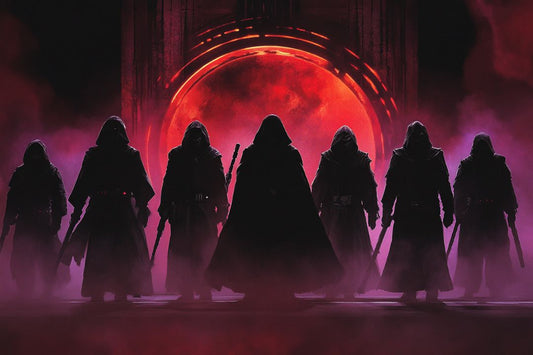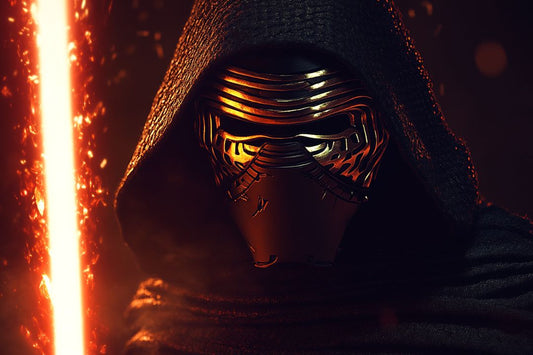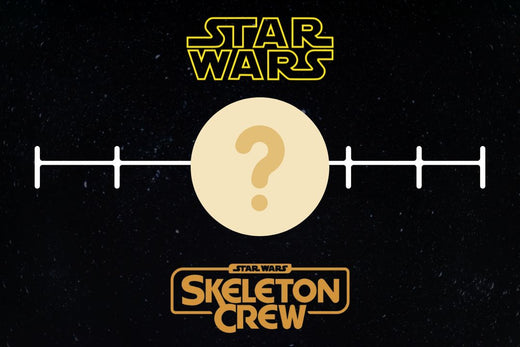You'd think during a lightsaber duel - you'd want to have your weapon engaged at all times right? Maybe not - enter a unique combat form known as Tràkata. This intricate technique, built on the art of deception and surprise, leverages the lightsaber's ability to turn off and on during battle, creating openings in an opponent's defense through unexpected maneuvers. This exploration delves into the depths of Tràkata, unveiling its strategies, historical significance, and the philosophical debates it stirs among the Jedi and Sith.
Tràkata, often shrouded in mystery and controversy, stands apart from traditional lightsaber combat forms. Its essence lies not in the strength of the strike but in the cunning of the wielder, utilising the lightsaber's unique properties to confound and outmaneuver adversaries. This technique, though not widely practiced, offers a fascinating glimpse into the tactical diversities that define Jedi and Sith combat lightsaber strategies.
Philosophical Underpinnings of Tràkata
At its core, Tràkata champions a philosophy that prioritises ingenuity over brute force. It's a testament to the belief that victory in combat can be achieved through mental acuity and the element of surprise. This form diverges from the more conventional approaches taught within both Jedi and Sith ranks, which often emphasize physical prowess, discipline, or the channeling of intense emotions. Tràkata, in contrast, is the embodiment of practical combat, where the unpredictable nature of the duel is embraced and exploited.
Key Moves and Maneuvers
Tràkata comprises several distinctive moves, each designed to disrupt the flow of combat and catch an opponent off-guard.
- "Pass the Blade" involves deactivating the lightsaber mid-strike, bypassing an opponent's block before reactivating it to land a hit.
- The "Unbalancing Block" utilizes the sudden deactivation of the blade to destabilize an opponent's stance.
- The "Flash Slash" reactivates the blade in a swift motion to deliver a surprise attack.
Historical Applications in the Star Wars Universe
The application of Tràkata can be traced to several key figures and moments within the Star Wars narrative. Characters like Mara Jade Skywalker and Corran Horn have been known to employ Tràkata techniques to gain the upper hand in duels that would otherwise be dominated by sheer force or lightsaber mastery. These instances highlight the technique's versatility and its ability to turn the tide of battle in favor of those who master its deceptive nature.
Controversy and Perception Among the Jedi and Sith
Tràkata's reliance on deception has sparked debate among the Jedi and Sith, with some viewing it as a dishonorable or unsportsmanlike approach to combat. The Sith may criticize it for showing weakness, preferring direct displays of power. Meanwhile, some Jedi argue it strays from the path of honor and openness they strive to uphold. Despite this, Tràkata remains a testament to the diversity of thought and strategy that exists within the Star Wars universe's martial traditions.
Tràkata's Legacy and Influence
Though not officially recognized in canonical texts, Tràkata's influence permeates through the Star Wars Roleplaying Game Saga Edition Core Rulebook and has inspired unofficial adaptations in video games like Jedi Academy and Battlefront II. Its legacy endures as a symbol of the creative and strategic depth that characterizes the Star Wars saga's approach to combat and conflict.
Tràkata stands as a fascinating chapter in the lore of Star Wars combat, offering a unique perspective on the possibilities of lightsaber dueling beyond traditional techniques. Its emphasis on strategy, deception, and the psychological dimensions of combat adds a rich layer to our understanding of Jedi and Sith philosophies. As Star Wars continues to evolve, the art of Tràkata remains a captivating subject for fans, symbolizing the endless exploration of the Force and the ways it manifests in the heat of battle.




